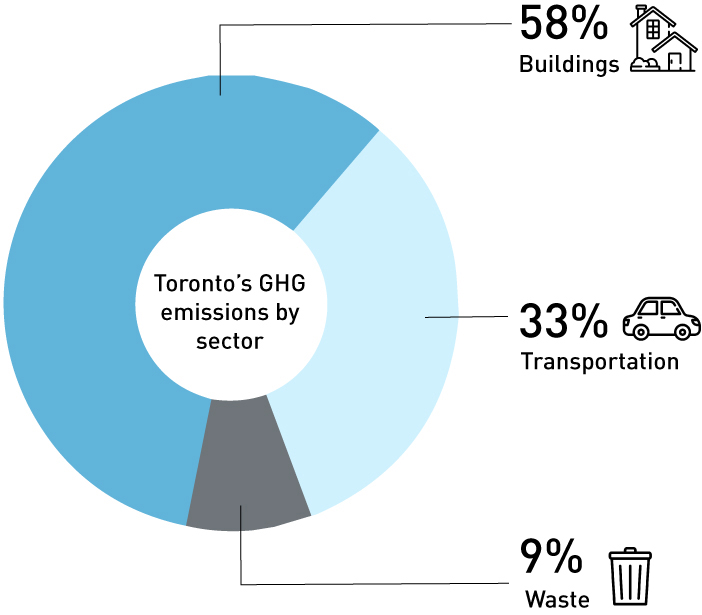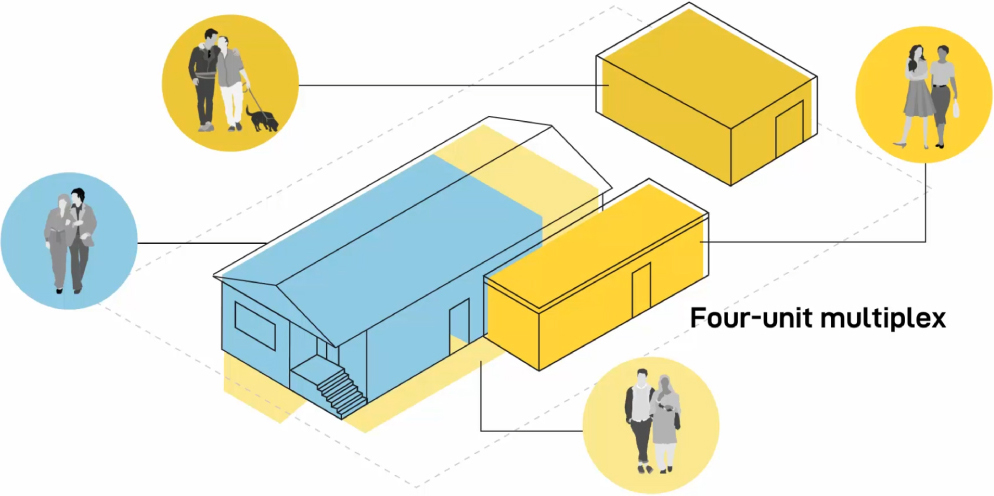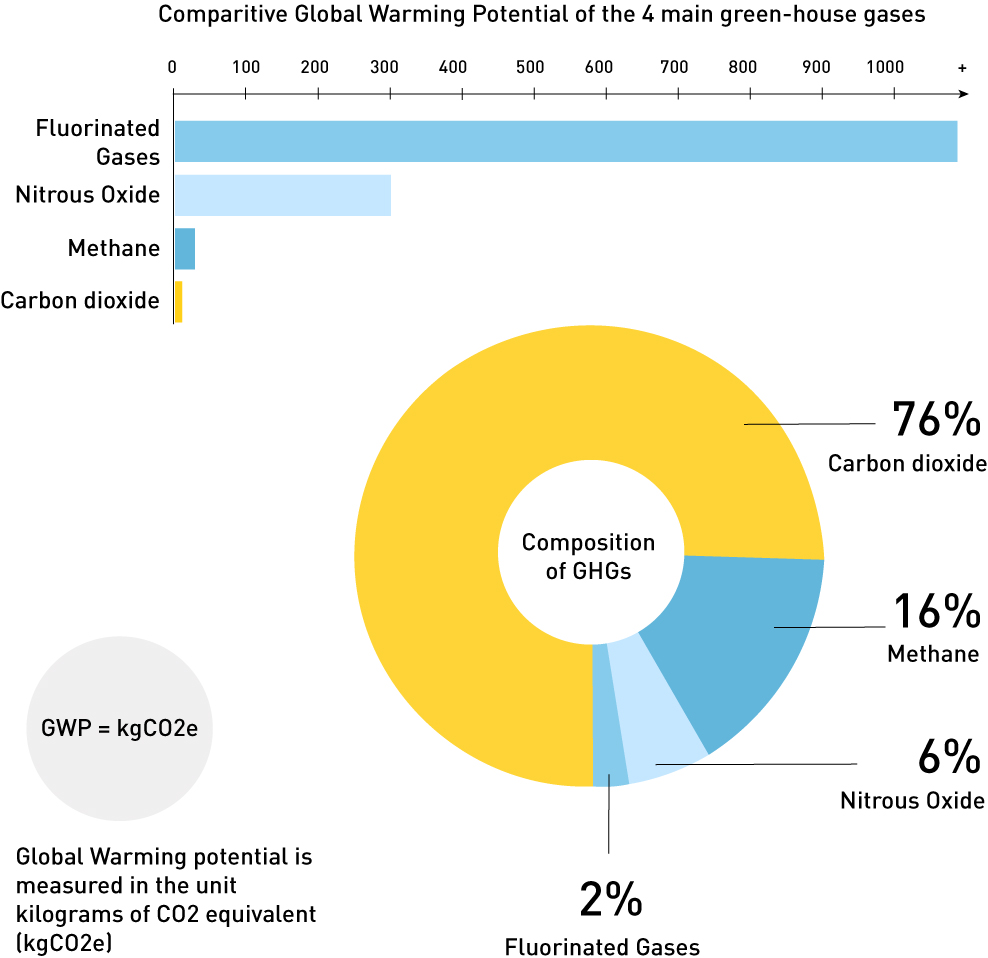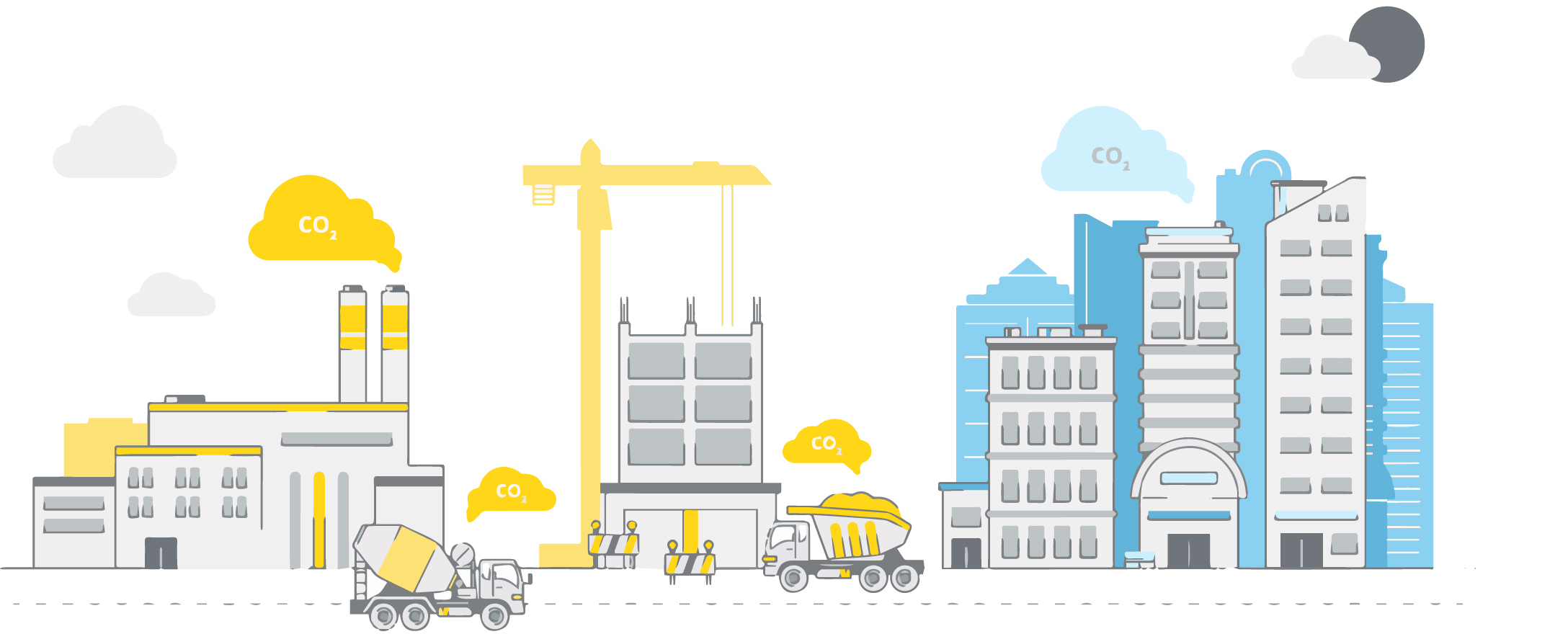Carbon and Buildings
In Toronto, the use of existing buildings combined with the construction of new ones, make up 58% of the city’s carbon emissions.


In every construction project we are faced with hundreds of decisions we must make from what kind of materials we build with to what kinds of systems we will use to make our homes functional, comfortable and beautiful. When we make these decisions we consider things like how much it costs, is it functional and do I like the way it looks? Today more than ever, it is critical to add another factor into our decision making - What is the carbon impact of this choice?
By adapting, renovating and adding to existing single-family homes you are already making an impact. This approach allows us to create multiplex housing without the need for demolition and building new from scratch. Your renovation project will also provide an excellent opportunity to reduce the “carbon footprint” of your homes by choosing energy efficient systems and low-carbon materials.
By adapting, renovating and adding to existing single-family homes you are already making an impact. This approach allows us to create multiplex housing without the need for demolition and building new from scratch. Your renovation project will also provide an excellent opportunity to reduce the “carbon footprint” of your homes by choosing energy efficient systems and low-carbon materials.
But first, what is Carbon?
- Carbon is an element that is found in rocks, soil, oceans, living beings and the atmosphere.
- Carbon is released into the atmosphere when we breathe, when things decay, when we burn fossil fuels and dig the earth to mine minerals and resources usually in the form of carbon dioxide, methane and fluorinated gases.
- Carbon is naturally absorbed out of the atmosphere by photosynthesis in trees and chemical reactions of air with the ocean surface
???

What is the Carbon Cycle and how does it affect the environment?
When the amount of carbon released into the atmosphere is equal to the amount that is naturally absorbed by trees and oceans “the carbon cycle” is balanced and allows the planet to remain hospitable for life.
Since the industrial revolution human activities like deforestation, mining and burning fossil fuels have disrupted the carbon cycle’s balance, leading to more greenhouse gases being released into the atmosphere than is being taken up by plants and the ocean.
Carbon footprint = Greenhouse Gas Emissions
Gases like carbon dioxide that trap heat in the atmosphere are called greenhouse gases. An excess of greenhouse gases in the atmosphere means an excess of heat being trapped - leading to harmful effects of climate change.
“Carbon footprint” is the term used to measure the greenhouse gas emission of any human activity that is contributing to the warming of global temperatures. For example one may talk about the carbon footprint of a flight from Toronto to New York or the carbon footprint of the construction of a new glass and metal office tower downtown.

What is a building’s carbon footprint and how can it be reduced?
Emissions from buildings are grouped under two main categories: embodied carbon and operational carbon.

Embodied carbon
Embodied carbon refers to the greenhouse gas emissions arising from the extraction, manufacturing, transportation, installation, maintenance, and disposal of building materials. Every time we build a new house, do a renovation or demolish a building - we contribute to an embodied carbon footprint.
Operational carbon
Operational carbon refers to the greenhouse gas emissions due to building energy consumption through systems like heating, cooling, ventilation and lighting. Once we start using the building, all activities that involve using electricity, gas, fuel or water add to our operational carbon footprint.
We can reduce the embodied carbon emissions by building less new structures, repurposing existing buildings, reusing building components and by choosing building materials with a lower carbon footprint.
We can reduce the operational carbon emissions by choosing energy efficient building systems, improving insulation and airtightness, electrification and eliminating the use of fossil fuels on site.






